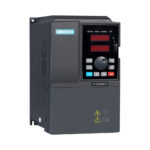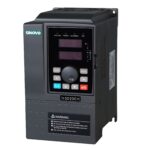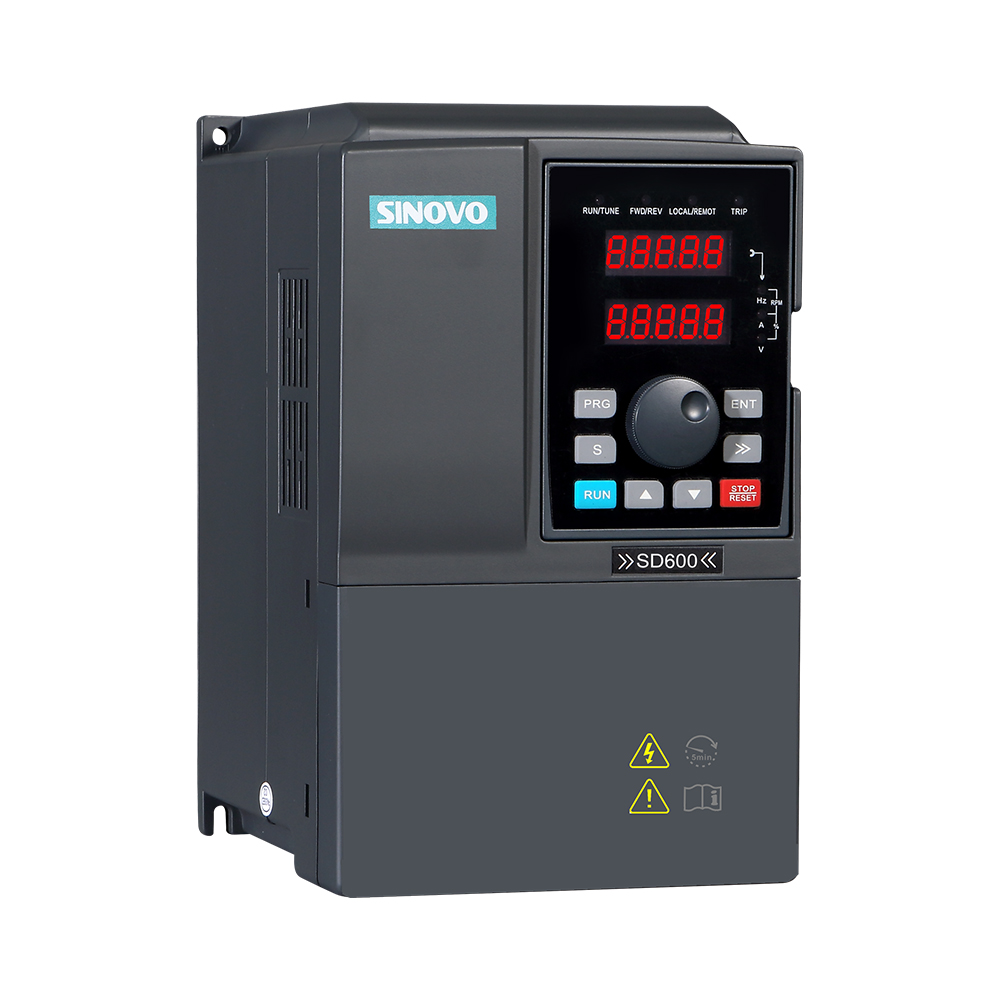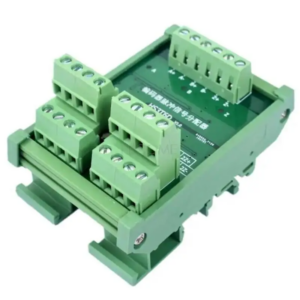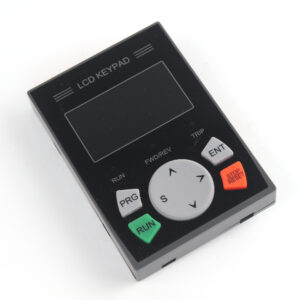Frequentie regelaar SD600 11.0kW 380-400V (3 fase)
€399,99
De SD600 frequentieregelaars zijn de opvolger van zowel de SD200 als SD95H, Deze serie is compacter, sneller en uitgebreider. Een veel gebruike functie is de Closedloop vector modus, hiermee kunnen motoren met een encoder aan de regelaar gekoppeld worden en zullen deze een zeer hoge koppel en betere efficiëntie krijgen, wel is een aanschaf van de PG kaart optioneel, deze is op onze website te vinden. Ook is de mogelijkheid van het aansturen van hoge frequentie motoren mogelijk met VF modus, dit omdat de maximale output frequentie 1500HZ is. De keypad kan gemonteerd worden op een paneel voor externe monitoring, aansturing of parameter aanpassing. Een optionele LCD keypad is ook verkrijgbaar voor het makkelijker monitoren van parameters en aanpassingen.
De 0.75KW tot en met 4.0KW regelaars kunnen op een DINRAIL gemonteerd worden.
Specificaties:
- Type: SD600
- Los keypad inbegrepen (kan zowel in VFD als in paneel worden geplaatst)
- Vermogen: 11.0kW
- Voedingsspanning: 3 fase 400Vac
- Nominaal stroombereik: 25.0 A
- Uitgangsfrequentie: 0-500 Hz Vector modus(met of zonder encoder), 0-1500 Hz VF modus
- Beschermingsgraad: IP20
- Omgevingstemperatuur tijdens gebruik: -20 to +50 °C
- Koelingsmethode: ventilatorkoeling
- Ingebouwd EMC filter (uitschakelbaar)
- Ingebouwde PLC van 2000 stappen
- Voor de volledige lijst van kenmerken verwijzen wij naar de gebruiksaanwijzing
Manual:


